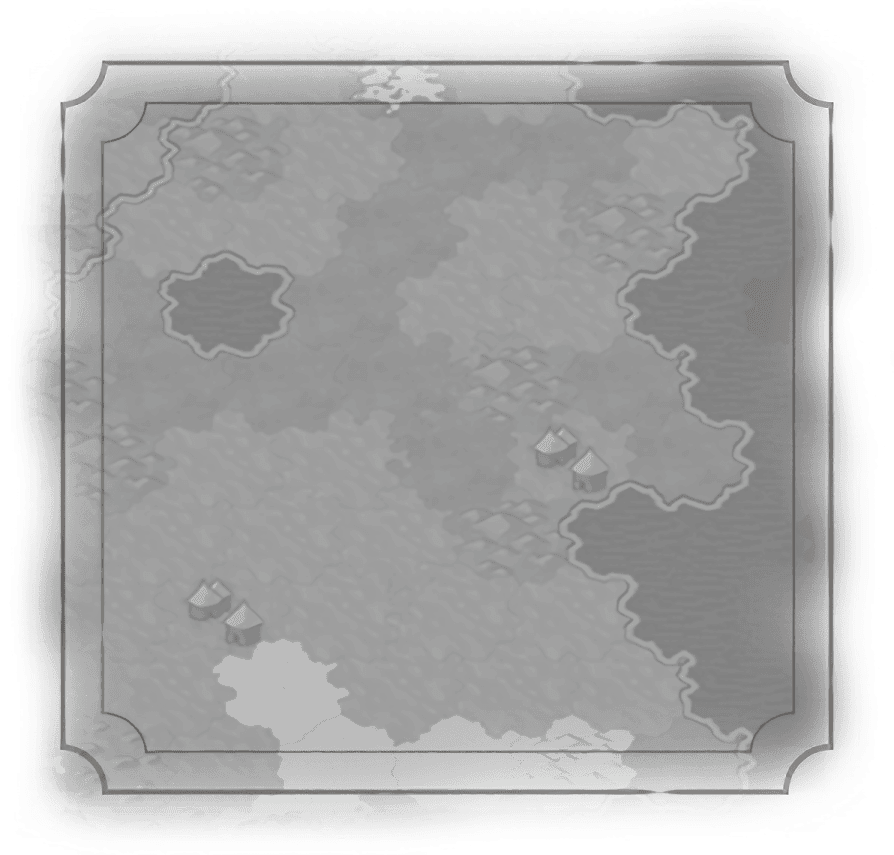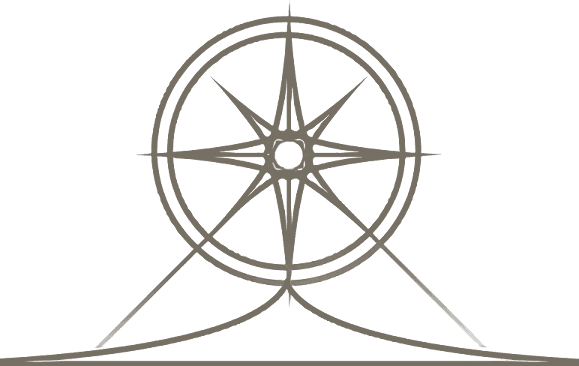Comandante General
Great Admiral
Artemisia
Chester Nimitz
Ching Shih
Clancy Fernando
Francis Drake
Franz von Hipper
Gaius Duilius
Grace Hopper
Hanno the Navigator
Himerios
Horatio Nelson
Joaquim Marques Lisboa
Laskarina Bouboulina
Leif Erikson
Matthew Perry
Rajendra Chola
Santa Cruz
Sergei Gorshkov
Themistocles
Togo Heihachiro
Yi Sun-sin
Zheng He
Great Artist
Great Engineer
Great General
Great Merchant
Great Musician
Great Prophet
Great Scientist
Great Writer


According to accounts (those histrionic Viking sagas), Erikson as a young man sailed to Norway in 1000, where he was convinced somehow to convert to Christianity. The Norwegian king Olaf commissioned Leif to return to Greenland to proselytize, showing his heathen relations the errors of their ways. While Erikson made it to Greenland, on his voyage back to Scandinavia the following year his fleet got lost and ended up off North America. Disembarking on the shore of what is likely Nova Scotia, Leif named the new land “Vinland” (because of the wild grapes found there).
Whatever his motives (or lack thereof) or seafaring skill (or lack thereof), Leif Erikson is considered to be the first European to stumble onto the “New” World – whatever the pretentions of that sycophant Columbus 500 years later. Archaeological digs in the 1960s confirmed there was a Norse settlement on the northern tip of Newfoundland, perhaps Leifsbudir referred to in the Groenlendinga saga. Leif himself didn’t remain in this unholy place, and returned to Greenland in the spring – never to come back (although his brother did … dying in a skirmish with irate natives).
Back in Greenland, Leif’s father proved “unreceptive” to the muddled Christian faith, but Leif did manage to convert his mother. When Eric the Red passed, Leif took over as chieftain of the Greenland holdings. Nothing is recorded of his short reign, and he died c. 1020.
Retire (1 charge)
Allows all naval units to move over ocean tiles without the normal technology requirement.
Passive Effect
+5  Combat Strength and +1
Combat Strength and +1  Movement to Medieval and Renaissance era naval units within 2 tiles.
Movement to Medieval and Renaissance era naval units within 2 tiles.

Traits

According to accounts (those histrionic Viking sagas), Erikson as a young man sailed to Norway in 1000, where he was convinced somehow to convert to Christianity. The Norwegian king Olaf commissioned Leif to return to Greenland to proselytize, showing his heathen relations the errors of their ways. While Erikson made it to Greenland, on his voyage back to Scandinavia the following year his fleet got lost and ended up off North America. Disembarking on the shore of what is likely Nova Scotia, Leif named the new land “Vinland” (because of the wild grapes found there).
Whatever his motives (or lack thereof) or seafaring skill (or lack thereof), Leif Erikson is considered to be the first European to stumble onto the “New” World – whatever the pretentions of that sycophant Columbus 500 years later. Archaeological digs in the 1960s confirmed there was a Norse settlement on the northern tip of Newfoundland, perhaps Leifsbudir referred to in the Groenlendinga saga. Leif himself didn’t remain in this unholy place, and returned to Greenland in the spring – never to come back (although his brother did … dying in a skirmish with irate natives).
Back in Greenland, Leif’s father proved “unreceptive” to the muddled Christian faith, but Leif did manage to convert his mother. When Eric the Red passed, Leif took over as chieftain of the Greenland holdings. Nothing is recorded of his short reign, and he died c. 1020.
Traits
Retire (1 charge)
Allows all naval units to move over ocean tiles without the normal technology requirement.
Passive Effect
+5  Combat Strength and +1
Combat Strength and +1  Movement to Medieval and Renaissance era naval units within 2 tiles.
Movement to Medieval and Renaissance era naval units within 2 tiles.



